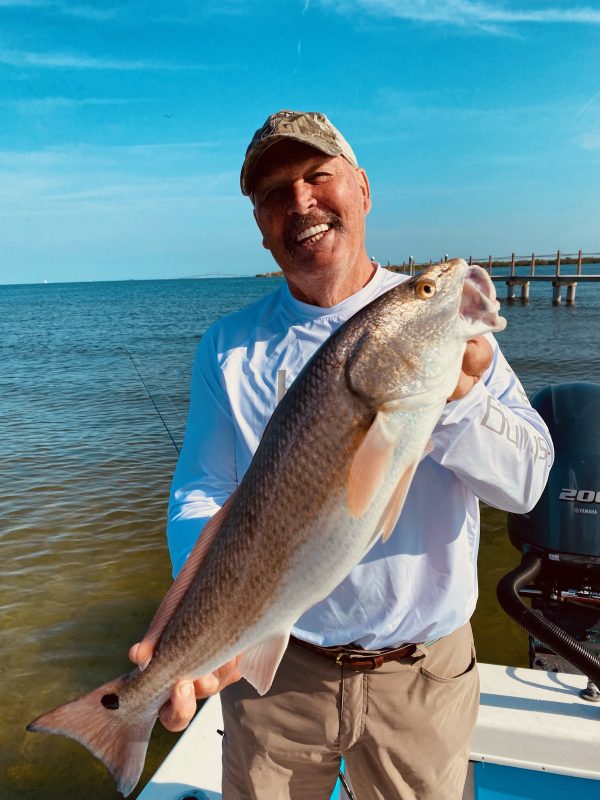It may be spring break for students, but no break in red tide blooms
As we are move through spring break, Anna Maria Island fishers find themselves facing the dark cloud of red tide looming in our local waters.
And once again, we’re standing around discouraged and feeling helpless as we watch our delicate ecosystem slowly being killed by over population, outdated infrastructure and poor leadership.
If I have to hear about red tide being a natural occurrence one more time, I think I’m going to puke. A bolt of lightning striking a tree in the forest and causing a fire can be considered a natural occurrence. But when you go and pour gallons of fuel on is it still natural?
I don’t think so.
Well, isn’t our red tide situation comparable to this scenario?
Sure, we know red tide naturally exists in the Gulf waters and during favorable conditions it can bloom and be destructive to wildlife. But with the addition of fertilizers, run off, poor sewage systems and inadequate water treatment facilities which leech nutrients into the Gulf, aren’t we just adding fuel to the fire?
I mean, c’mon.
How frequent are these red tide blooms going to have to become before proper measures can at least be considered to minimize our impact on this organism?
We already know that every time we experience a hurricane on the southwestern coast of Florida, we observe severe red tides stemming from the nutrient rich waters of Lake O being released into the Caloosahatchee which snakes its way into the Gulf of Mexico.
And we saw a huge bloom active back in March of 2021 at Piney Point that laid utter devastation to the eastern shorelines of Tampa Bay causing tons of dead fish to flow westward clogging the canals and marinas of downtown St. Pete.
Once again, nutrient rich water interacted with the naturally occurring red tide organism in the water resulting in a supernova effect.
I’m no scientist but there seems to be a pattern there. I’m curious to see what path we take in the future to realize the impact we’re having on our home. Hopefully it’ll be for the best and not for the money.
If you’re intrigued by this, there are numerous organizations to familiarize yourself with. Those groups can supply you with a plethora of literature as well as advice that may aid you in understanding the situation.
Captains for Clean water: captainsforcleanwater.org
The Coastal Conservation Association: ccaflorida.org
And the Facebook group The South Florida Clean Water Movement
On a final note, we need to get a handle on this before it swirls into a downward spiral. For those of us who live here and can’t imagine being anywhere else, we need to be proud of home and protect our little paradise. And for the number of out of state tags I see with an AMI sticker on them, I think there’s a lot of other people who would like to pitch in and protect their “tropical hideaway.”
Realistically improvements will take much time and effort but make no mistake it’s time to get the ball rolling.
On my Just Reel fishing charters, I’m actually seeing an acceptable amount of inshore fish being caught despite having to deal with the uncertainties of red tide in our local waters.
Fishing the flats in areas where tidal flow is good in the eastern side of Tampa Bay is yielding decent snook catches measuring 20-28 inches.
Spotted seatrout are frequently being caught on deeper grass flats with some ladyfish and Spanish mackerel in the mix. Lastly, I’m picking up redfish here and there around docks and on the flats.

